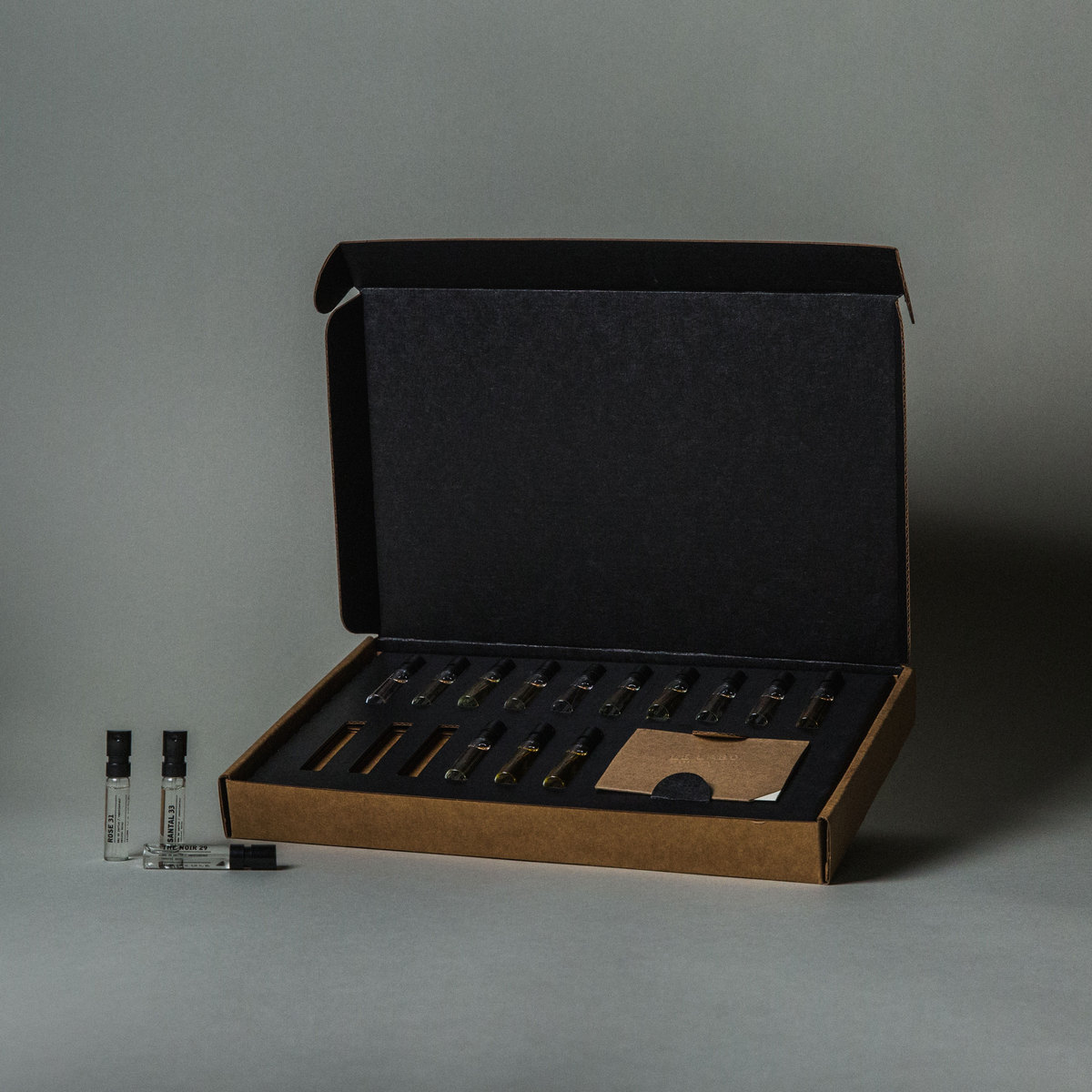Roughly one-third of men have unwanted fullness in the chest area, which may be caused by a condition called gynecomastia. Plastic surgeon Dr. Sachin Shridharani of New York City’s LUXURGERY explains the causes of gynecomastia, as well as the most effective treatments.
Women aren’t the only ones who want to look and feel their best, and men have some specific concerns of their own. One of these issues is unwanted fullness in the chest caused by excess glandular tissue, and this growth of unsightly male breast tissue is known as gynecomastia. It can cause stress for men, especially in situations when it’s appropriate to go shirt-less, and many men wear compression tank tops or tee shirts under their clothes to hide their “man boobs.”
There are a variety of factors that contribute to the development of excess skin, fat and breast tissue associated with gynecomastia, including aging, hormonal imbalance, obesity, impaired liver function, genetic abnormalities and marijuana or steroid use. When considering gynecomastia treatment, it’s imperative to see a primary care physician for a thorough evaluation and blood work to determine the specific cause.
When excess fullness in the male chest is caused exclusively by fat, this is called pseudogynecomastia. For years, liposuction has been the go-to treatment because of its proven results, and the small incisions used are nearly undetectable once healed. However, I have found that the injectable treatment Kybella is safe and extremely effective for permanently reducing fat in less severe cases of pseudogynecomastia—without the need for surgery. (I am one of very few doctors successfully using Kybella off-label for pseudogynecomastia, and it’s important to find a physician who knows how to use it in this area to avoid potentially permanent unwanted side effects.)
True gynecomastia is caused by excess glandular tissue, which requires surgical removal via specialized techniques that restore a more masculine appearance to the chest. This procedure uses small incisions in the armpits or around the areola, which allow plastic surgeons to remove glandular tissue and excess skin. If fat is present as well, liposuction may be used to further refine the chest contours. In more severe cases, it may be necessary to reposition the nipple in order to achieve the optimal outcome.
Patients usually return to work and restricted activity within a week, but it’s important to follow post-surgical instructions to ensure proper healing. These may include wearing a compression garment for the first few weeks after surgery. Some patients may also be sent home with a drain at the incision site, which will be removed at the first post-op visit. Heavy lifting and strenuous activity should be avoided for the first four weeks after surgery, but most patients are then able to return to their pre-surgery lifestyle.
There’s no reason for men to be embarrassed by pseudogynecomastia or gynecomastia, and an overwhelming majority of patients wish they had sought treatment sooner. Click here for one man’s gynecomastia story, and more information about the available treatments.
For more information, visit Sachin Shridharani, MD, FACS's social media:























